Complete Guide to Food Safety Temperatures for Businesses
Food storage temperatures are essential for catering businesses and restaurants to monitor on a daily basis. Learn the legal and recommended temperatures for food safety, which temperatures to check and the types of thermometers that are best for each one below.
Cooked food temperature
*The temperature of hot food depends on what you're serving. You can view our Cooking Temperature Chart for recommended temperatures for meat, confectionery and baked goods.
Standard advice is to cook food until it has reached 70 °C and stayed at that temperature for 2 minutes.
The other time and temperature combinations are:
- 60 °C for 45 minutes
- 65 °C for 10 minutes
- 70 °C for 2 minutes
- 75 °C for 30 seconds
- 80 °C for 6 seconds
Cooking food to the correct temperature and for the correct length of time will ensure any harmful bacteria are killed. Use a food probe thermometer to check that the core temperature of hot food has reached a safe temperature.
What is the temperature danger zone for food safety?
The danger zone for food is the optimal temperature range for harmful bacteria to thrive. The danger zone temperature range is between 8 and 63 °C.
To avoid the risk of foodborne illnesses, most hot food should be cooked to above 63 °C (some foods such as rare beef are an exception to this). Cold food should be stored below 8 °C.
Time is also important when it comes to the danger zone. The longer food stays between 8 and 63 °C, the more chance harmful bacteria has to form. This is why when food is cooked, cooled and reheated, it's recommended that it passes through the danger zone as quickly as possible.
Chilled & frozen food delivery temperatures
When chilled and frozen food arrives at your business, it can be a good idea to take the temperature in between products using a between-pack probe to ensure they have stayed at the correct temperature during transportation.
The safe chilled food delivery temperature is 8 °C or below. The safe frozen delivery temperature is -18 °C or colder.
Refrigerated and Frozen Food Storage Temperatures
Cold food must be kept at 8 °C or below. This is a legal requirement in England, Wales and Northern Ireland. Ideally, fridge temperatures in the UK should be maintained at around 5 °C; use afridge thermometer to monitor this. For other cold food storage like prep and saladette counters, use a food probe thermometer to take internal readings of the food.
The safe frozen food storage temperature is 18 °C or colder. Use fridge/freezer thermometers to check freezers daily. It's also a good idea to take between-pack temperatures for a more accurate idea of your frozen food temperatures and to ensure your equipment is working correctly.
Cooling food temperature
Hot food that is being cooled and refrigerated should be brought under 8 °C as quickly as possible to reduce the growth of harmful bacteria. However, hot food cannot be placed in a fridge or freezer until it is cool or it may raise the temperature of the fridge to a dangerous level and put other foods at risk. Ideally, hot food should be cooled to less than 8 °C within 90 minutes.
Data loggers are a thorough way to track the safety of your cook-chill processes. Learn more about which data loggers are best for this here.
Hot holding temperature
Hot holding is when hot food is cooked and kept warm for a period of time before serving. It's important that hot food is maintained at above 63 °C before service to prevent the growth of harmful bacteria. Use a food probe thermometer to test the core temperature of pre-cooked hot food to ensure it is safe to serve.
Hot food should be used within two hours. If it has not been used within two hours, it can be reheated to 70 °C (and held at this temperature for two minutes), then put back into hot holding (as long as it has not been reheated once already). Alternatively, it can be cooled as quickly as possible to 8 °C or below. Food that has been out for more than two hours should be thrown away.
Temperature for Reheated Food
Reheated food must be thoroughly cooked all the way through. The reheating food temperature in England is 70 °C for two minutes or equivalent (see the other time and temperature combinations under the Cooked Food Temperature section).
Use a food thermometer probe to check the internal temperature of your reheated food in several places to ensure it has reached a safe temperature throughout.
Smarter, Safer Food Storage —WiFi Data Logging
ETI’s ThermaData WiFi loggers and free software provide a complete system for automating HACCP fridge/freezer monitoring. This streamlined digital solution offers food businesses a number of benefits, including:
Reduced Workload
Automating your temperature monitoring is like having an additional staff member at a fraction of the cost. Robust, simplified processes with a one-off payment.
Costly Damage Prevention
With temperature data accessible worldwide and email alerts for out-of-range readings, corrective actions can be taken immediately if an issue occurs.
Accessible Data Archive
Eliminate inconvenient paper filing systems and keep your historical data accessible at the click of a button.
Decreased Human Error
Ensure every check is taken on time and recorded correctly so you can be compliant with confidence.

